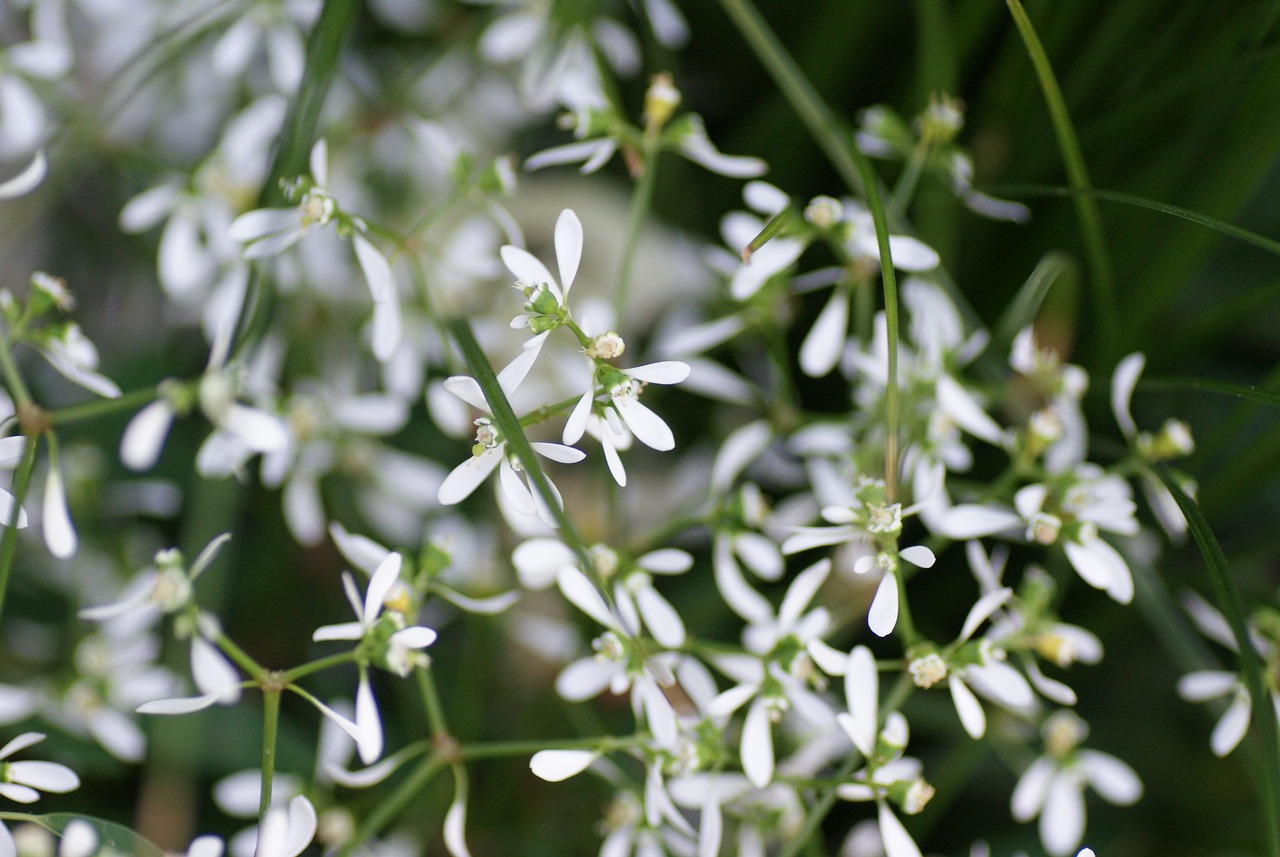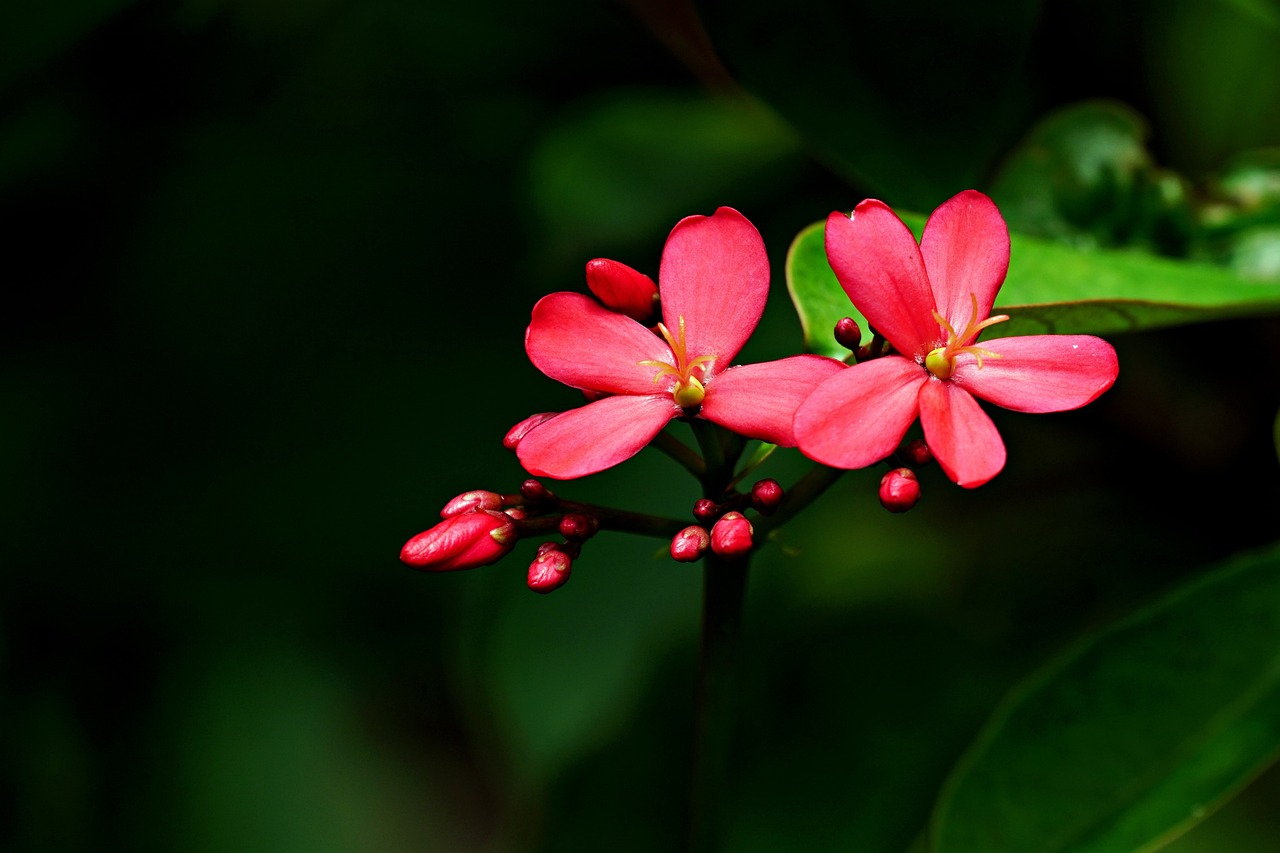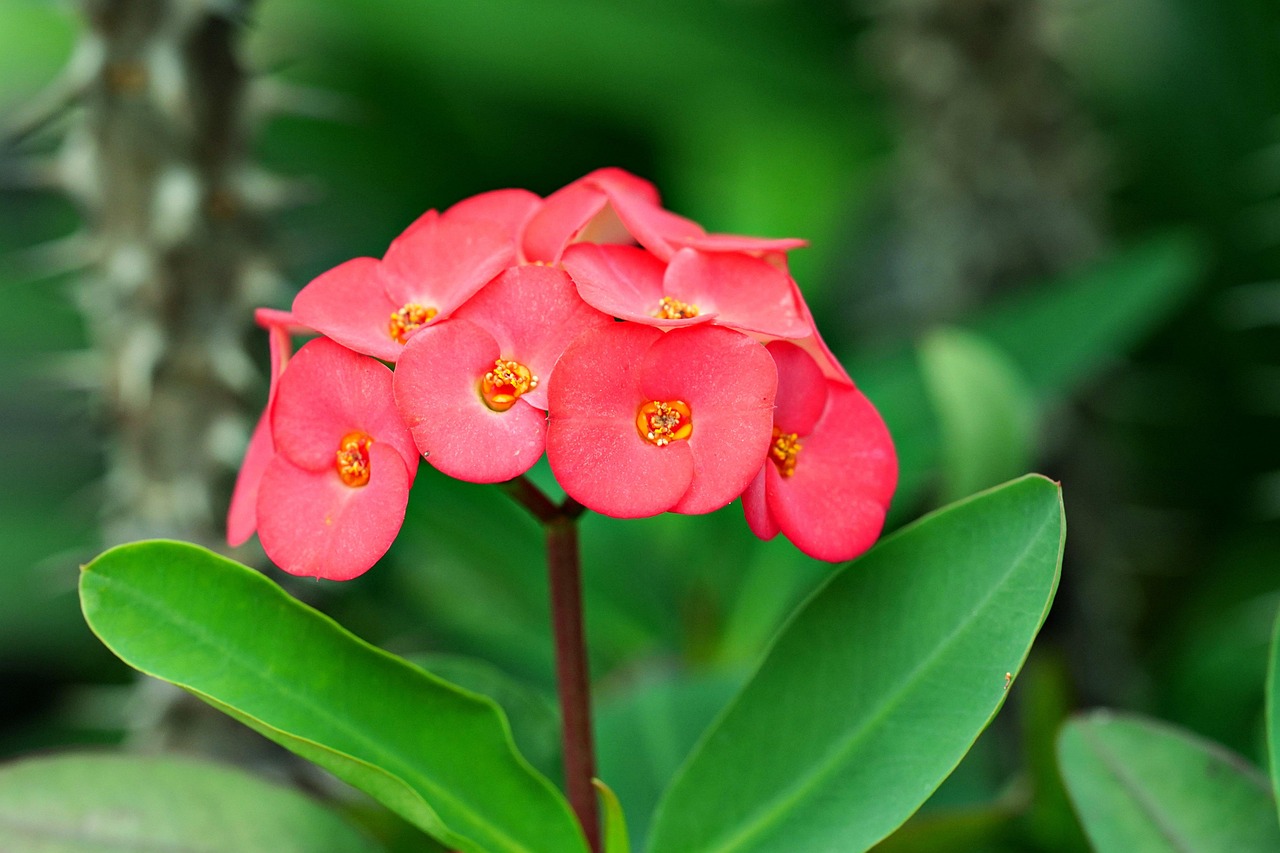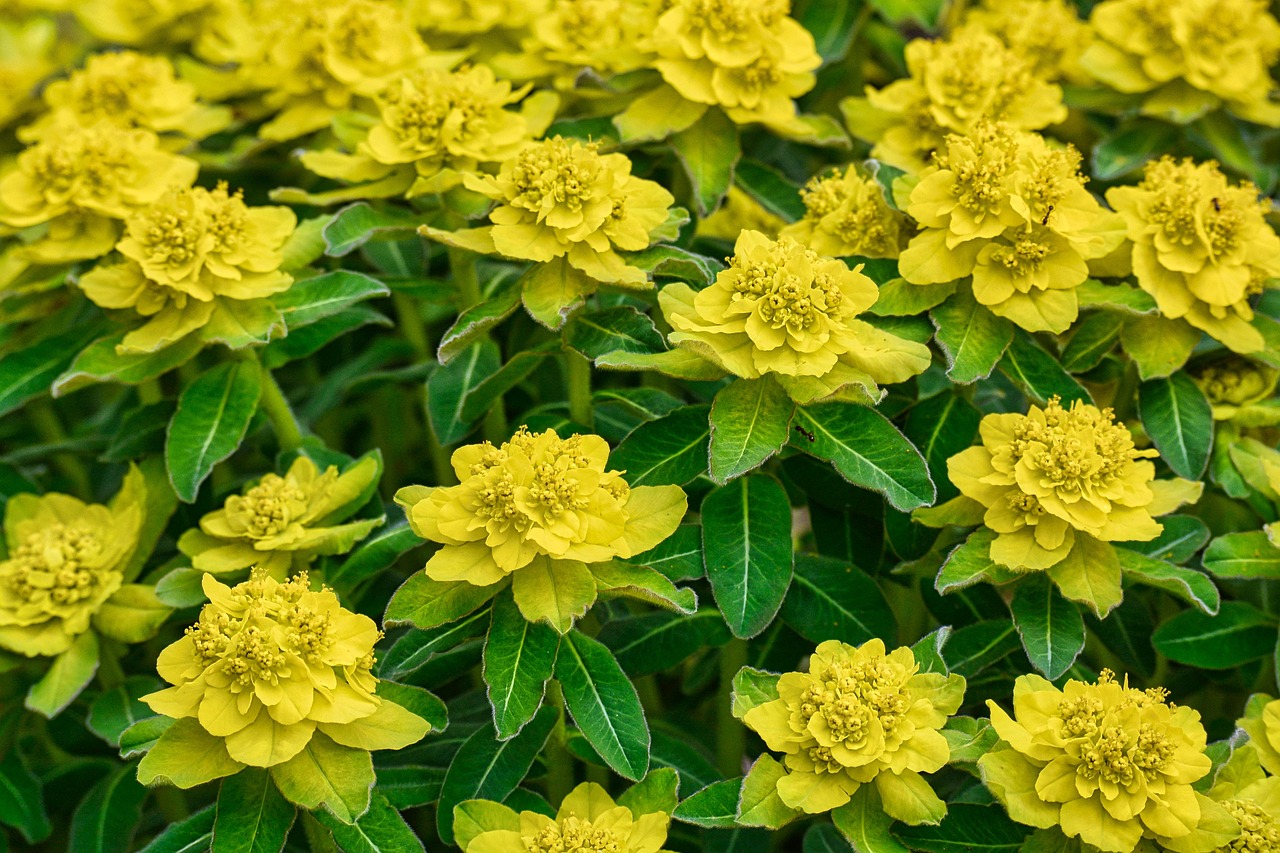Cat’s Tail | The Red-Tailed Bloom that Enriches Everyday Life in Southeast Asia
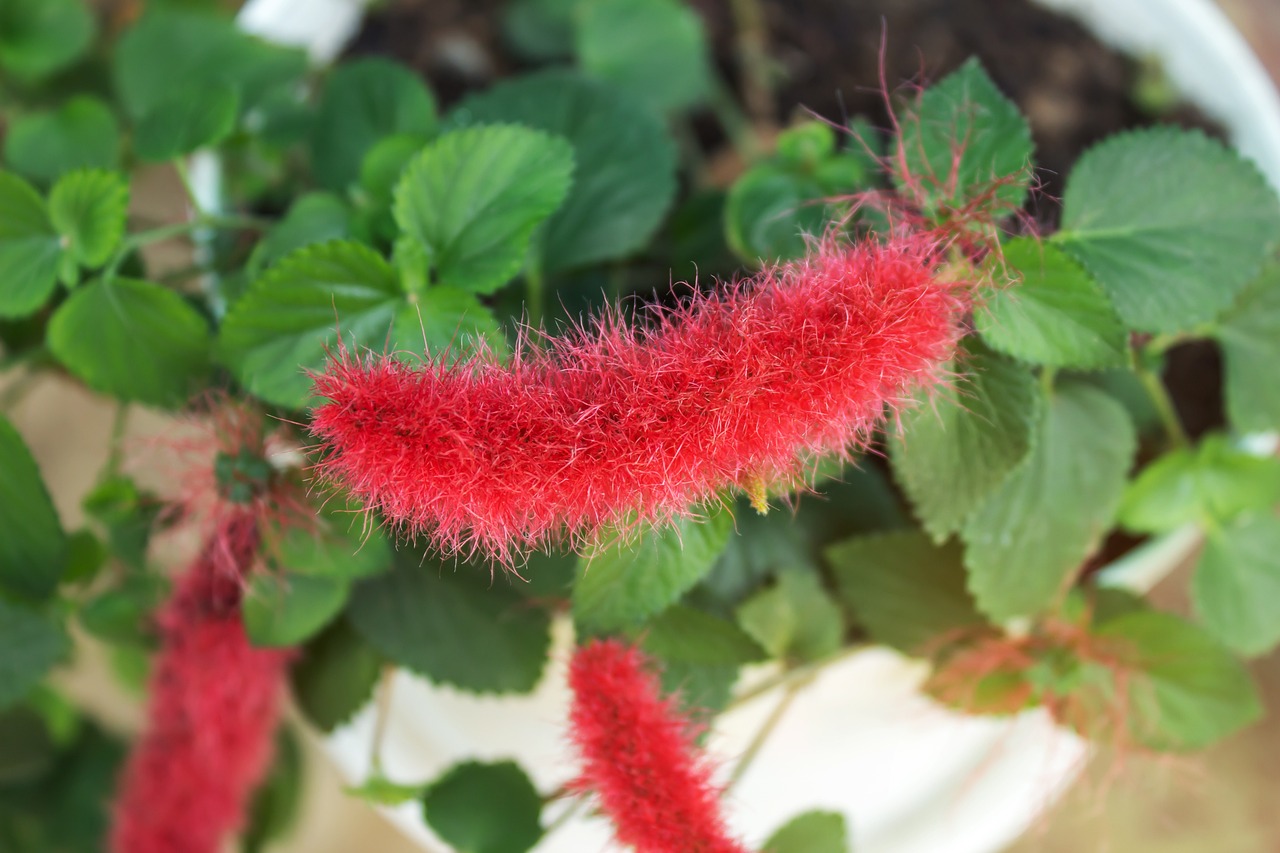
Cat’s Tail is a plant characterized by its red, fluffy, tail-like flowers. Thanks to its unique appearance, it is popular for interior decoration and container gardens, and its hardy nature makes it suitable even for beginners.
In this article, I will introduce the basic information, cultural background, history, and essential care tips for Cat’s Tail.
Basic Information
- Scientific Name: Acalypha hispida
- Family: Euphorbiaceae
- Origin: Tropical Asia
- Appearance: Cat’s Tail produces bright red, slender flower spikes about 10–15 cm long, resembling a cat’s tail—hence its name. The leaves are dark green and oval-shaped, creating a beautiful contrast with the flowers. It can be enjoyed in pots or hanging baskets, making it an excellent ornamental houseplant.
- Blooming Season: It flowers throughout the year, especially abundantly in warm seasons.
Cultural Significance Around the World
Due to its distinctive flowers, Cat’s Tail is cherished worldwide. In tropical regions, it is often used to decorate gardens and parks.
In Southeast Asia, Cat’s Tail is regarded as a symbol of happiness and prosperity, frequently used for home decoration and as a gift.
In Western countries, it has become a popular choice for hanging baskets and as an accent in living rooms, widely integrated into interior design.
Historical Background
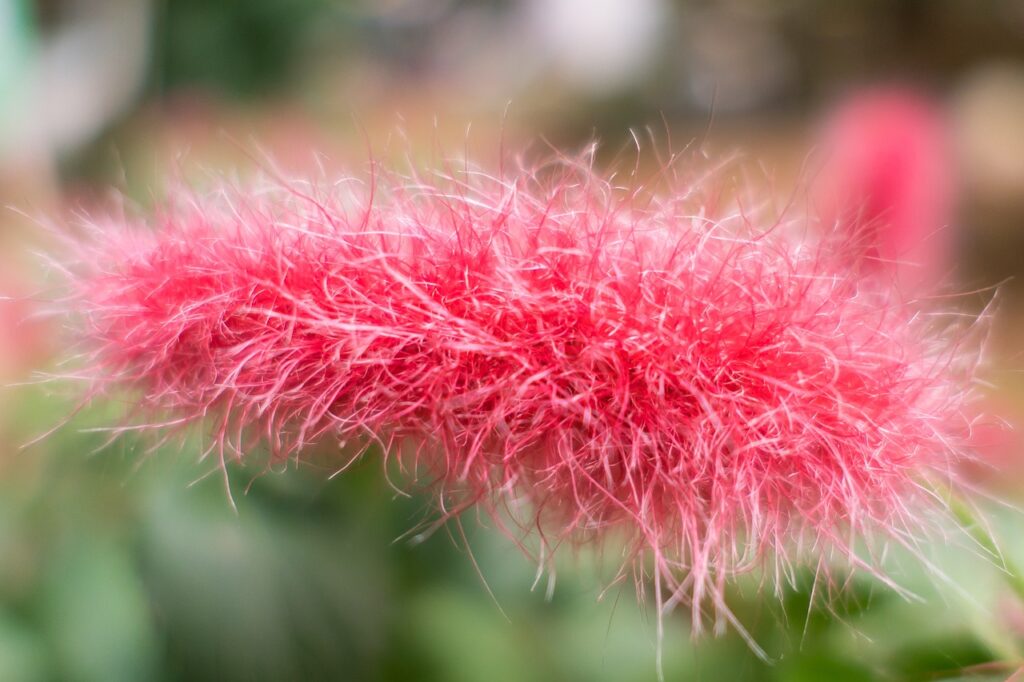
In its native tropical Asia, Cat’s Tail has long been cultivated as a garden plant.
It was introduced to Europe in the 19th century, gaining attention as a greenhouse plant during the Victorian era. Its unusual appearance and long blooming period were highly appreciated, and horticultural breeding soon followed.
During the colonial period, it spread across many tropical regions and was incorporated into local garden culture.
Gardening Advice
Although Cat’s Tail is relatively easy to grow, with proper care it can thrive beautifully. Here are some key points:
Light
Prefers bright partial shade. Avoid direct sunlight; bright indoor spaces or balconies are ideal.
Watering
Water generously once the soil surface dries. Pay special attention during the growing season (spring to summer) to prevent drying.
Humidity
Thrives in high humidity. Mist the leaves or use a humidifier when possible.
Soil
Use well-drained, fertile soil. Mixing perlite into standard potting soil for houseplants works effectively.
Fertilizer
Apply liquid fertilizer about every two weeks during the growing season. A lack of fertilizer may reduce blooming.
Pruning
Remove old flower spikes and weak stems to encourage healthy growth and maintain shape.
Winter Care
Sensitive to cold. Keep indoors during winter and maintain a minimum temperature of 15°C.
Conclusion
Cat’s Tail is a beloved ornamental plant known for its red, tail-like flower spikes and resilience.
Native to tropical Asia, it blooms year-round and adds vibrant color to both gardens and interiors.
By carefully managing light and humidity, you can fully enjoy the unique charm of this remarkable plant.


